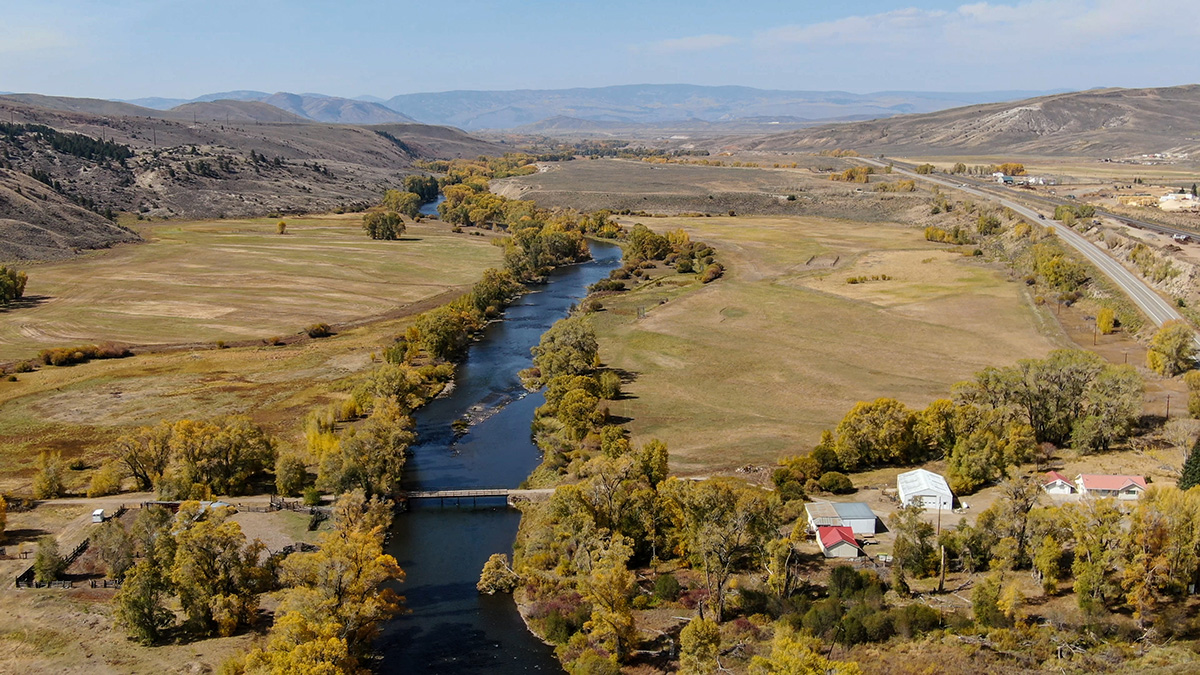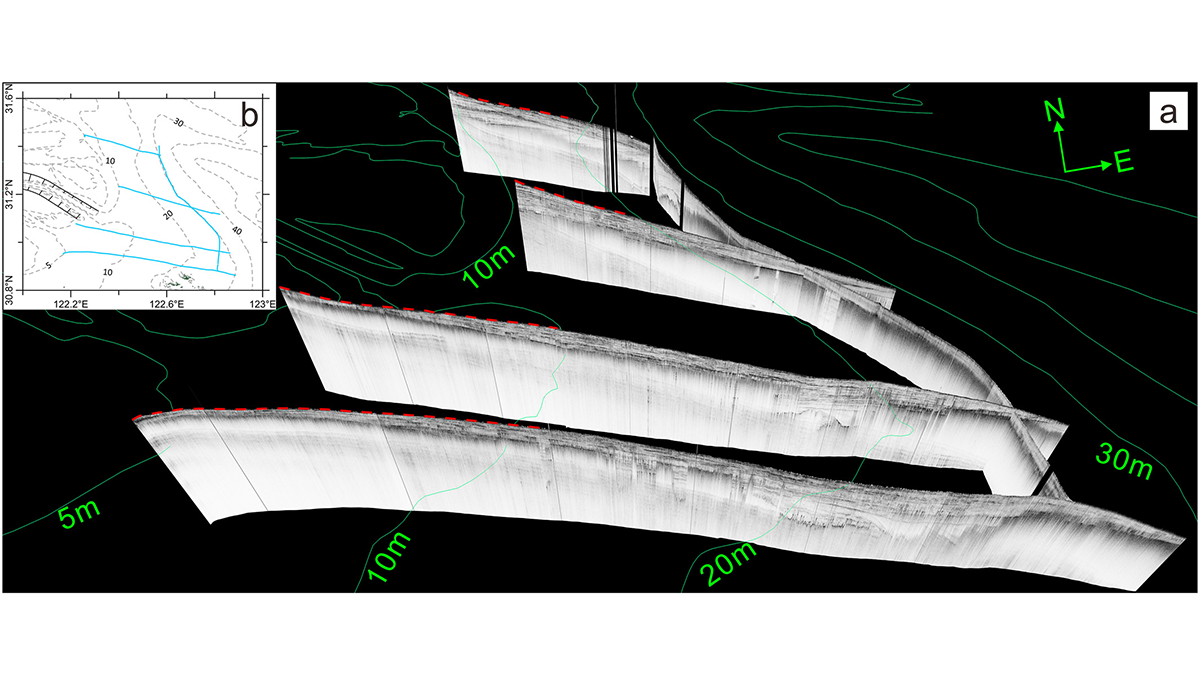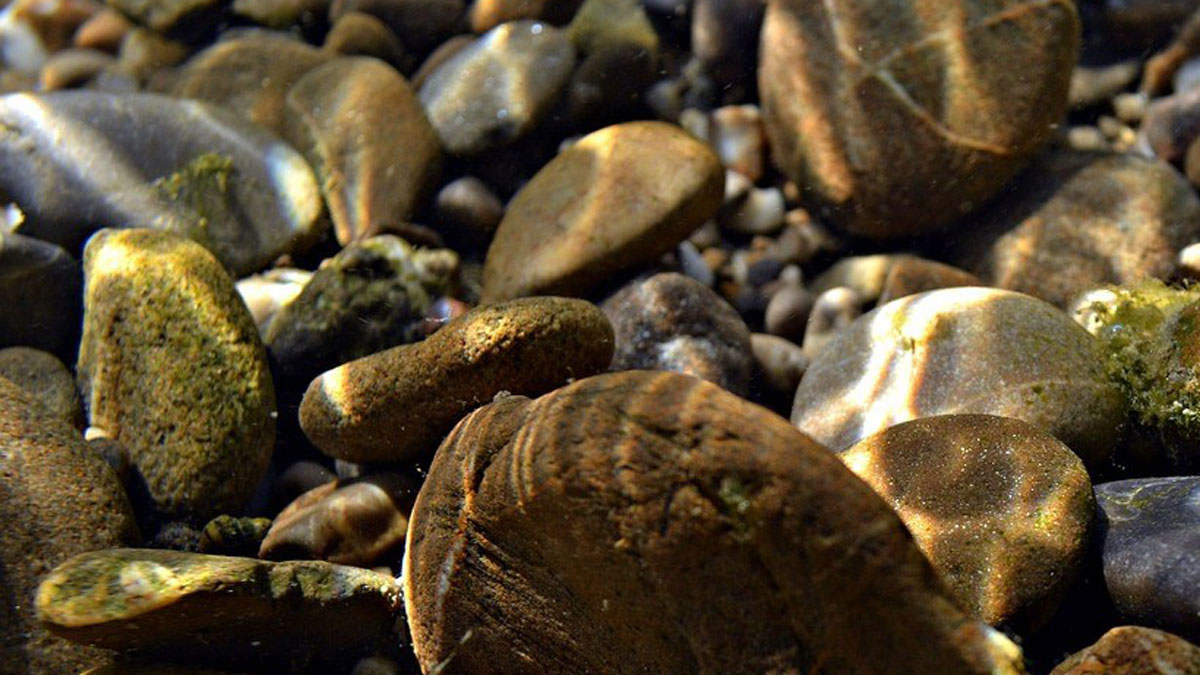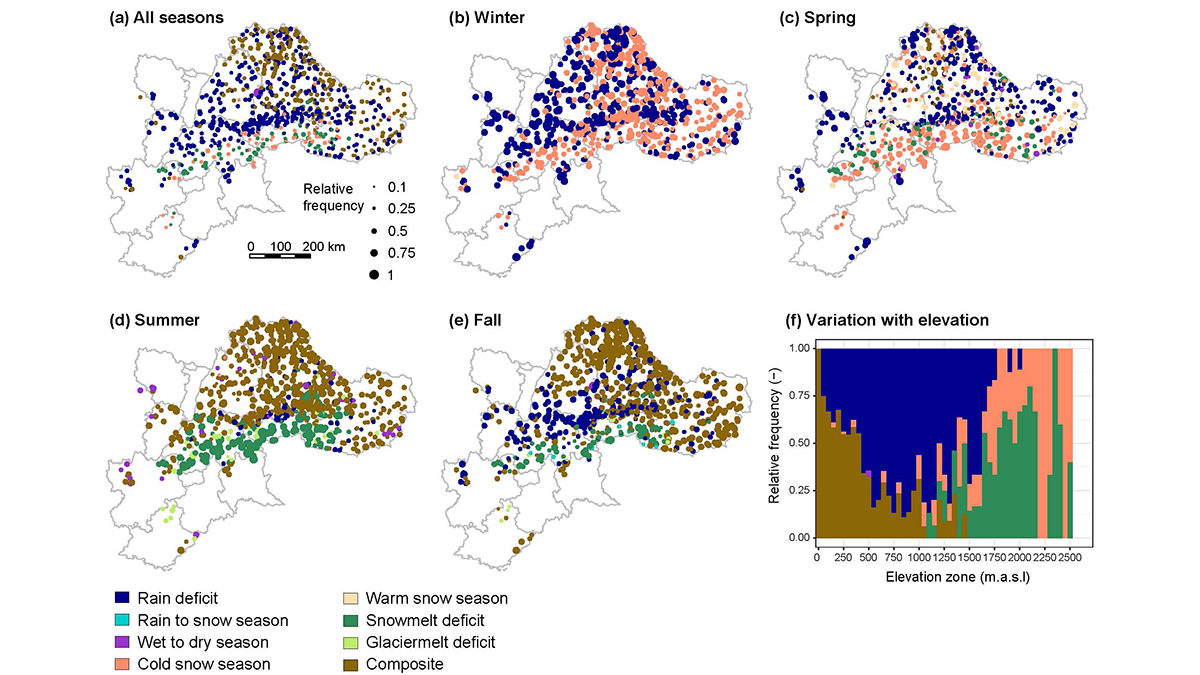The Arctic is warming up, but instead of large rivers migrating faster, they’re actually slowing down because of shrubification.
rivers
Biden Administration Considers Unprecedented Solution to Colorado River Crisis
As Colorado River Basin states prove unable to reach a consensus in reducing their water consumption, the U.S. Department of the Interior is investigating an option that defies the Law of the River.
Spring and Sewage Are in the Air Near San Diego
Sea spray can transport sewage-contaminated waters inland, potentially exposing those living kilometers from the beach.
Delta Degradation Leads to Exacerbated Greenhouse Gas Emissions
Seismic ship surveys and seabed elevation maps of the Yangtze subaqueous delta reveal how the reduction of sediment supply to the coastal ocean can trigger increased greenhouse gas emissions.
Urban Water Conservation Success in the Colorado River Basin
In the past few decades, cities in Arizona, Colorado, and Nevada have vastly increased their water use efficiency. They’ve also learned lessons that can inform other cities’ efforts.
In New Zealand, Fish Are Helping Scientists Find Gold
Enormous amounts of gold lie buried beneath the rubble of New Zealand’s mountains, and scientists are using freshwater fish genetics to find it.
Decoding the Secrets of Shifting Sediments
In the small-scale details of grain shape, researchers have found a new way to understand how sediment flows in a river, a process shaping Earth’s landscapes.
What Electrons Can Tell Us About the Speed of Sand
A new sediment tracer uses the interactions between radiation, charge, and the Sun to uncover the hidden transport histories of sand grains.
Streamflow Drought Intensification in the European Alps
A five-decade analysis of drought generation processes in the Alps shows their changing seasonality in high-elevation basins with increasingly frequent droughts caused by a lack of snowmelt water.
Scientists EEAGER-ly Track Beavers Across Western United States
Efficiently tracking nature’s engineers—beavers—at the scale of entire watersheds over time is now possible, thanks to a new artificial intelligence–trained model called EEAGER.










